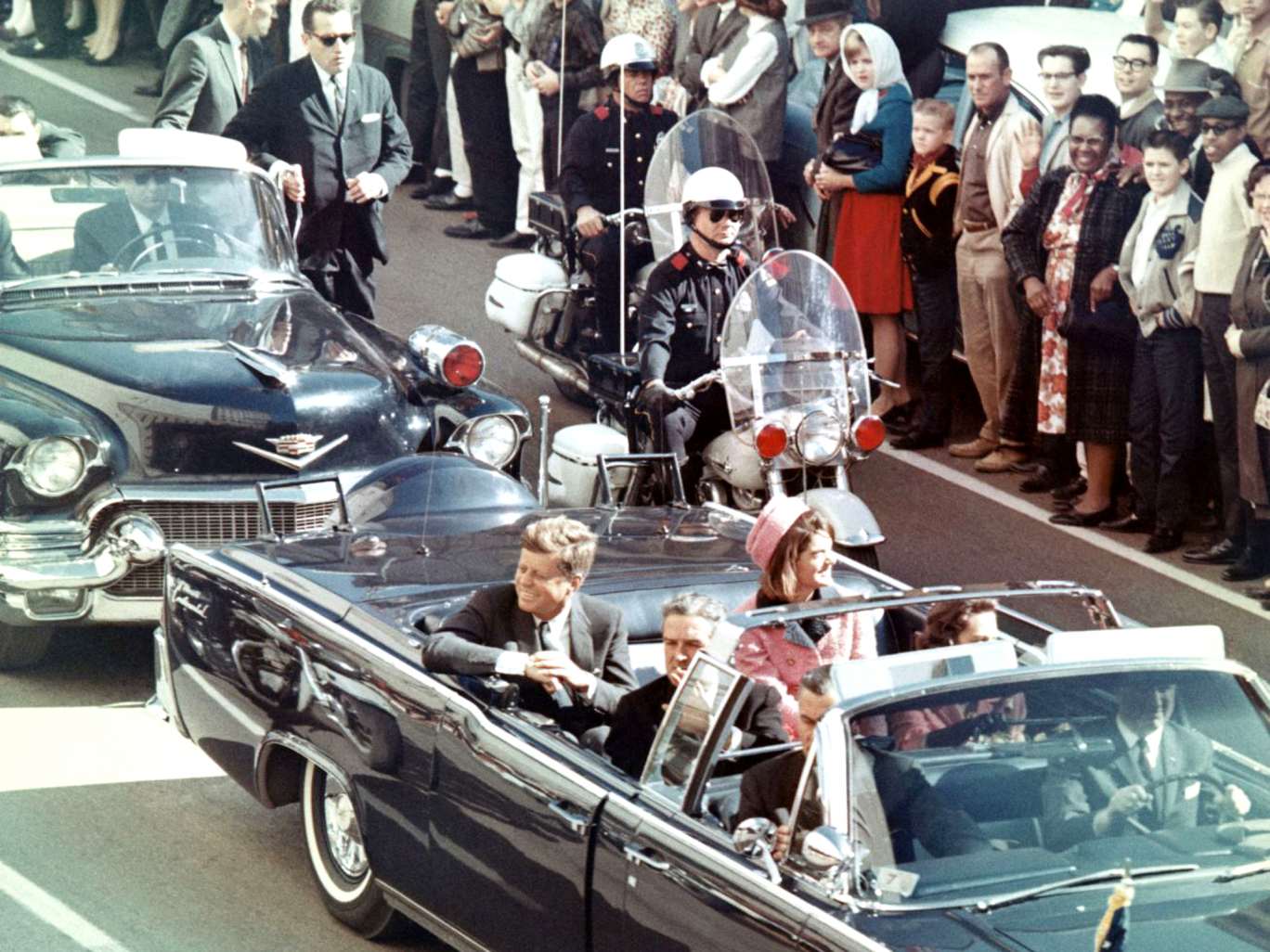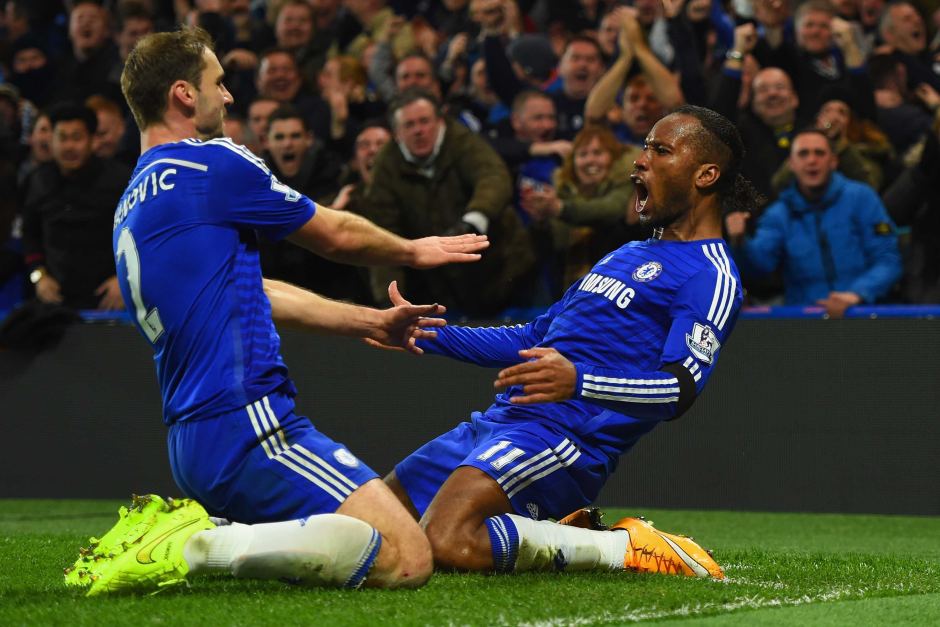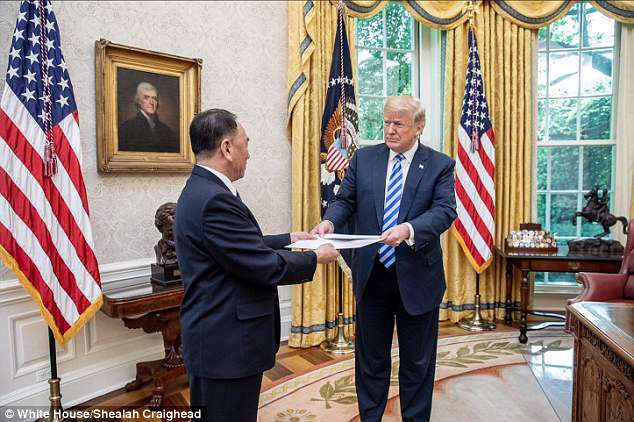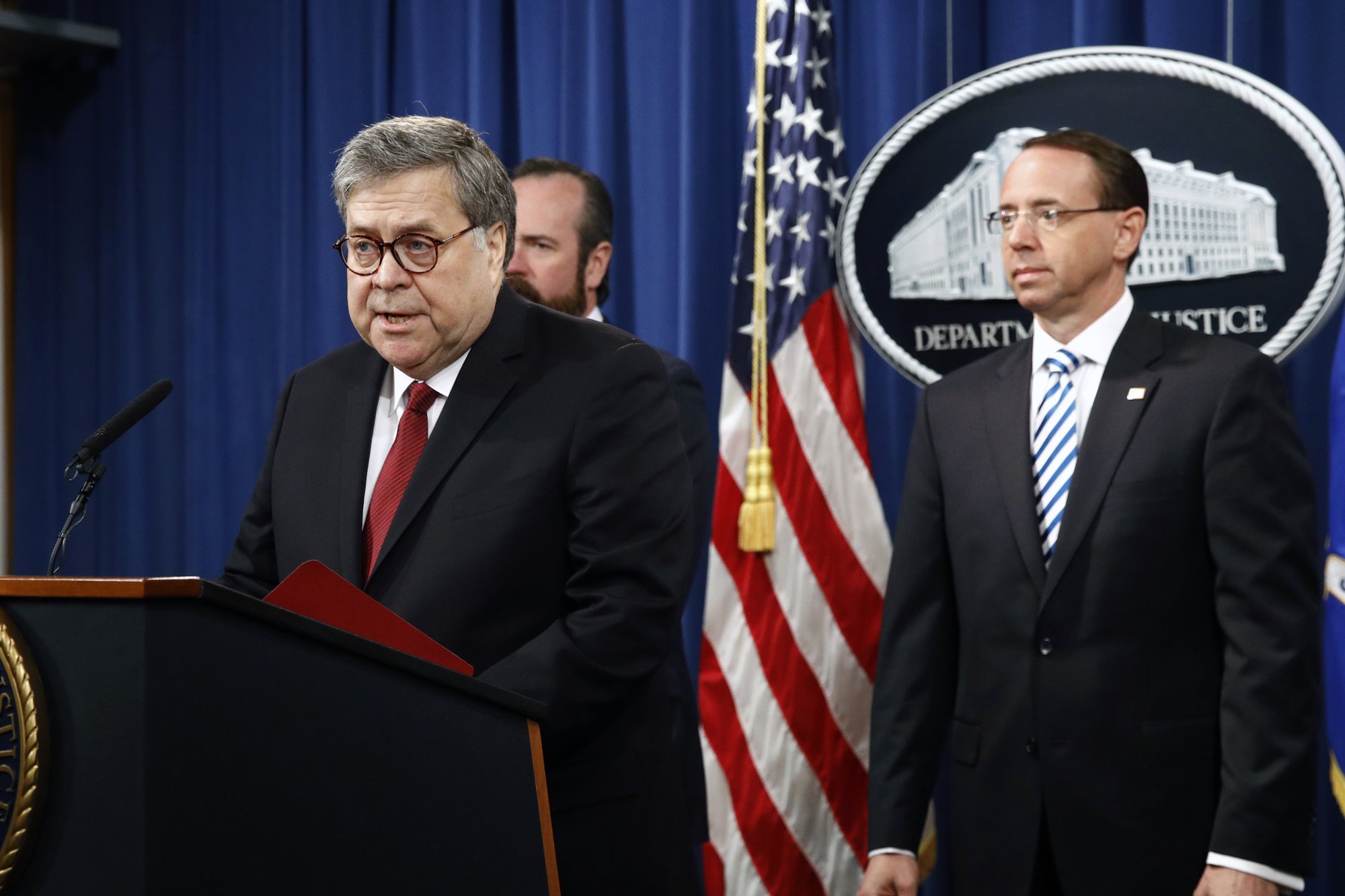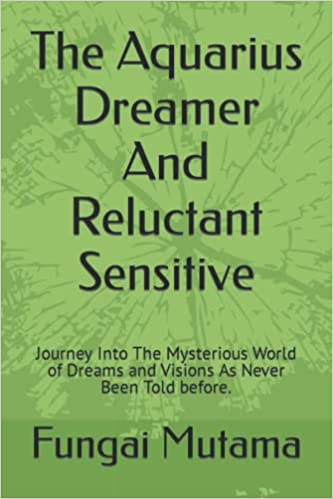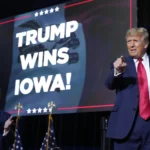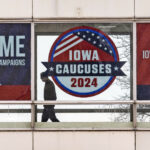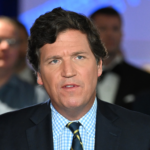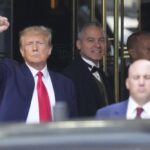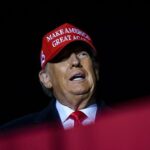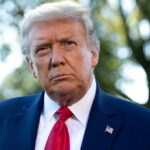President Trump said on Saturday that he will release tens of thousands of never-before-seen secret files on the assassination of President John F. Kennedy in 1963. The announcement comes as he is approaching an October 26 deadline set in law by the Congress mandating the public release of the still classified, secret documents.
“Subject to the receipt of further information, I will be allowing, as President, the long blocked and classified JFK FILES to be opened,” said President Trump on Twitter.
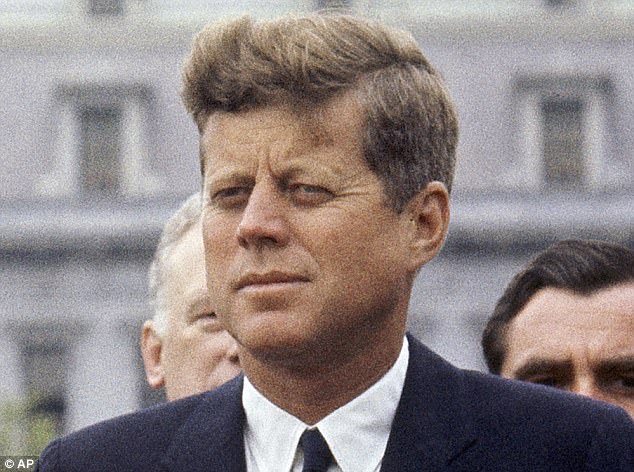
President John Fitzgerald Kennedy (JFK) was the 35th President of the United States when he was assassinated on 22 November 1963. Credit: AP
The decision by Trump to release the secret documents could shed a light into the mystery of the Kennedy assassination which has fuelled many conspiracy theories over the decades. Disclosing the contents of the files could also help expose perceived failures and shortcomings of the FBI and Secret Service in the protection of the 35th President of the United States, JFK.
The1992 Kennedy Assassination Records Collection Act requires that millions of pages, many of which are contained in FBI and CIA documents, should be published in 25 years – a date which falls on October 26. One batch will remain classified and only the President has the final authority on whether to extend the document’s secrecy past the October deadline or not.
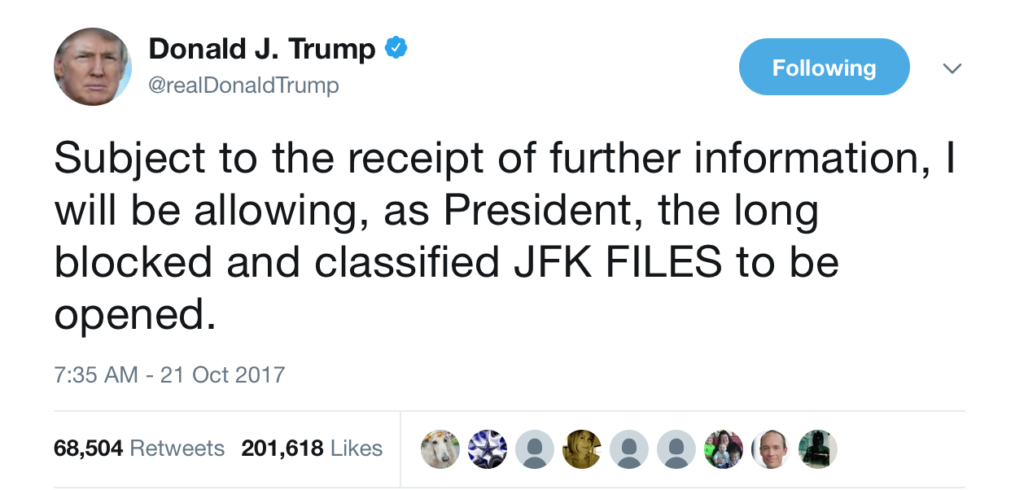
President Trump’s announcement on releasing the secret Kennedy assassination documents. Credit: Twitter/Donald J. Trump
However, the Kennedy assassination experts don’t believe that the last batch of remaining papers contains any major information or bombshell.
Although the President has implied that he will release all the remaining secret documents, the White House has, nonetheless, indicated that should other government agencies object with strong compelling reasons to the release, then there could be a reconsideration to the effect.
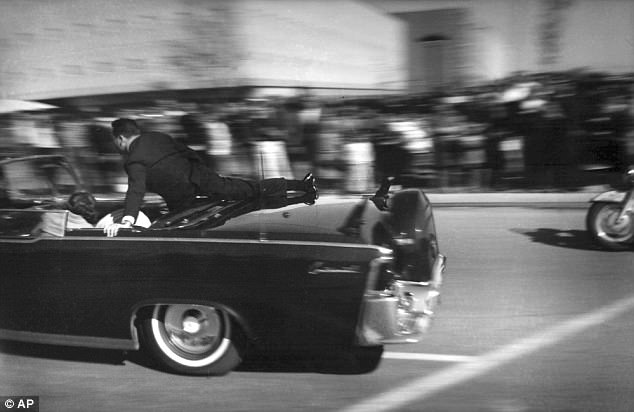
The moment President John F. Kennedy was shot. The Presidential limousine races to the hospital seconds after JFK is shot on 22 November 1963 in Dallas, Texas. Credit: AP
“The President believes that these documents should be made available in the interests of full transparency unless agencies provide a compelling and clear National Security or Law Enforcement justification otherwise,” read the White House statement.
There is also growing speculation that once disclosed, the secret treasure trove could shed a light into a key question that President Lyndon Johnson tried to put to rest in 1963 – whether Lee Harvey Oswald acted alone or had assistance.
Phil Shenon, the author of a book about the Warren Commission – a Congressional body that investigated the Kennedy assassination – expressed his pleasure with President Trump’s decision to declassify and release the documents.
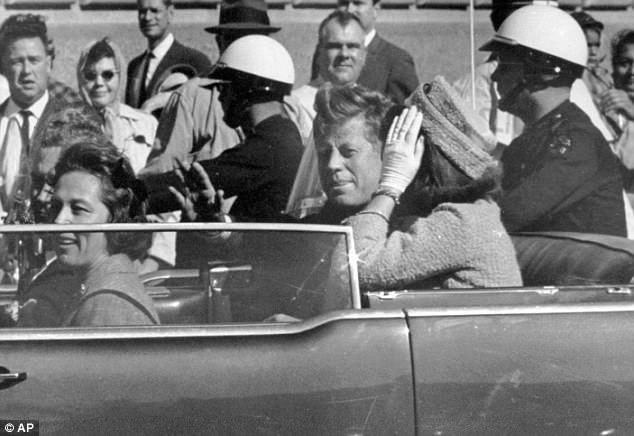
President John F. Kennedy waving to the crown a minute before he was assassinated in Dallas, Texas on 22 November 1963, D. Credit: AP
“It’s great news that the President is focused on this and that he’s trying to demonstrate transparency. But the question remains whether he will open the library in full – every word in every document as the law requires,” said Shenon.
“My understanding is that he won’t [open the library in full] without infuriating people at the CIA and elsewhere who are determined to keep at least some of the information secret, especially in documents created in the 1990s,” he added.
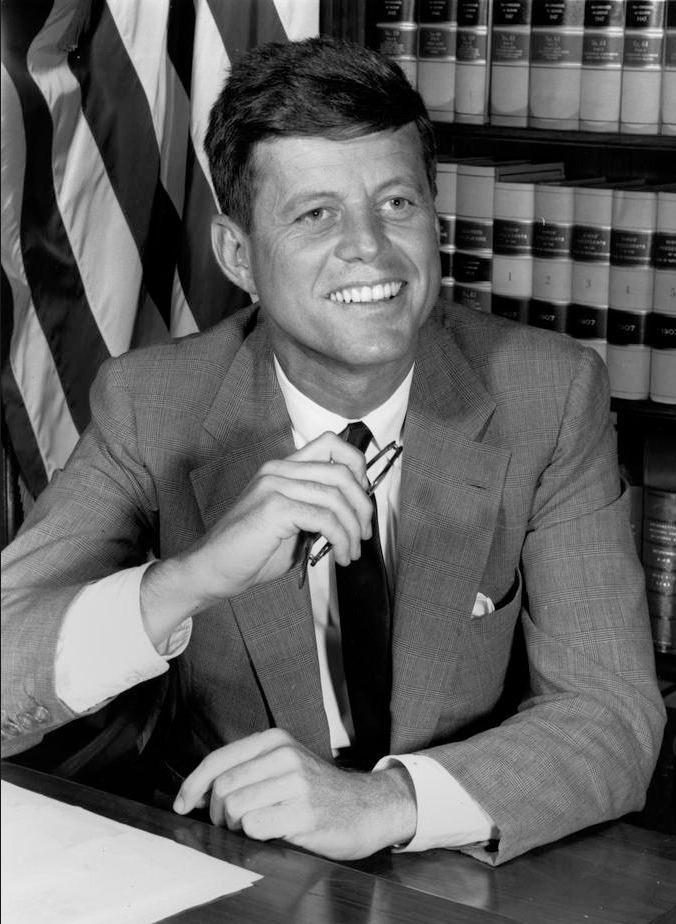
The decision to release the secret Kennedy assassination files has been met with opposition by security agencies. Credit: AP
Some within the Republican party have been urging President Trump for a full release of the documents. Senator Charles Grassley of the Senate Judicial Committee and Congressman Walter Jones recently brought forward a resolution calling on the President to “reject any claims for the continued postponement” of the documents.
Senator Grassley later stated via Twitter that, “No reason 2 keep hidden anymore. Time 2 let American ppl + historians draw own conclusions.”
The records are also said to contain details on Lee Harvey Oswald’s activities during his visits to Mexico City in late September 1963 including his courting of Soviet and Cuban spies. Oswald’s personality profiles by the CIA after Kennedy’s assassination are also said to be contained within the documents.
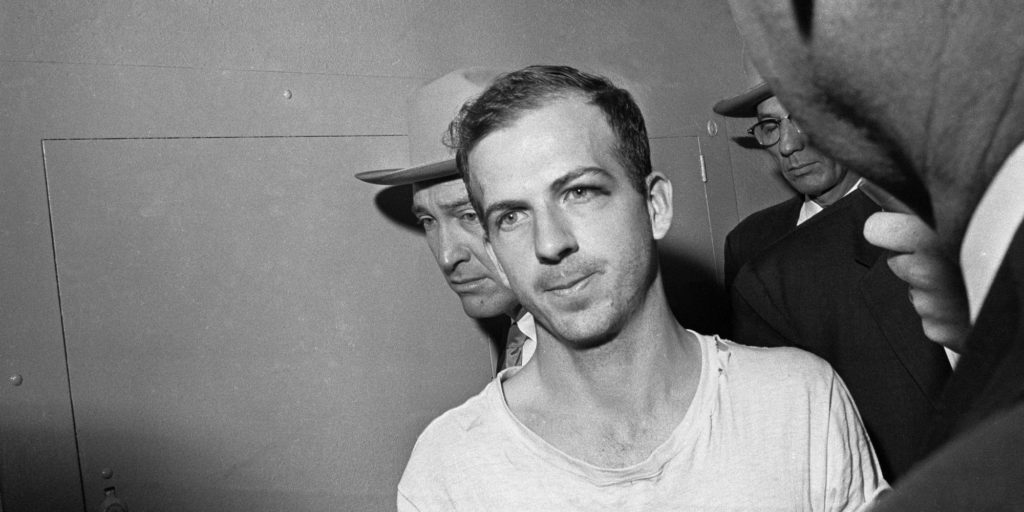
In this Nov. 23, 1963 file photo, Lee Harvey Oswald is led down a corridor of the Dallas Police station for questioning in connection with the assassination of President John F. Kennedy. Oswald, who denied any involvement in the shooting, was formally charged with murder. Credit: AP
“What’s in those files could tell us how those men did their jobs. There might be stuff on why we were interested in the Cuban Consulate, how we surveilled the Consulate, how we did our audio work and how did we recruit spies there?” said Jefferson Morley, author of a 2008 book on the CIA’s station chief in Mexico City.
“We might understand much better why they were watching Oswald,” said Morley, who has studied the Kennedy assassination records for years.
According to reports, there are about 3,100 unreleased files that contain tens of thousands of pages of unseen material. The National Archives has additional 30,000 pages of information that have been partially disclosed in the past but with redactions.
“There might be stuff on why we were interested in the Cuban consulate, how we surveilled the consulate, how we did our audio work and how did we recruit spies there?
President Kennedy was assassinated on 22 November 1963 in Dallas while riding on an open presidential limousine during an official state visit to the State of Texas. Some Kennedy assassination experts have been speculating for a while whether President Trump would finally unseal and disclose the classified documents after decades of strong opposition from by powerful security apparatuses like the CIA and FBI.
Copyright © 2017 Manyika Review. All Rights Reserved.

